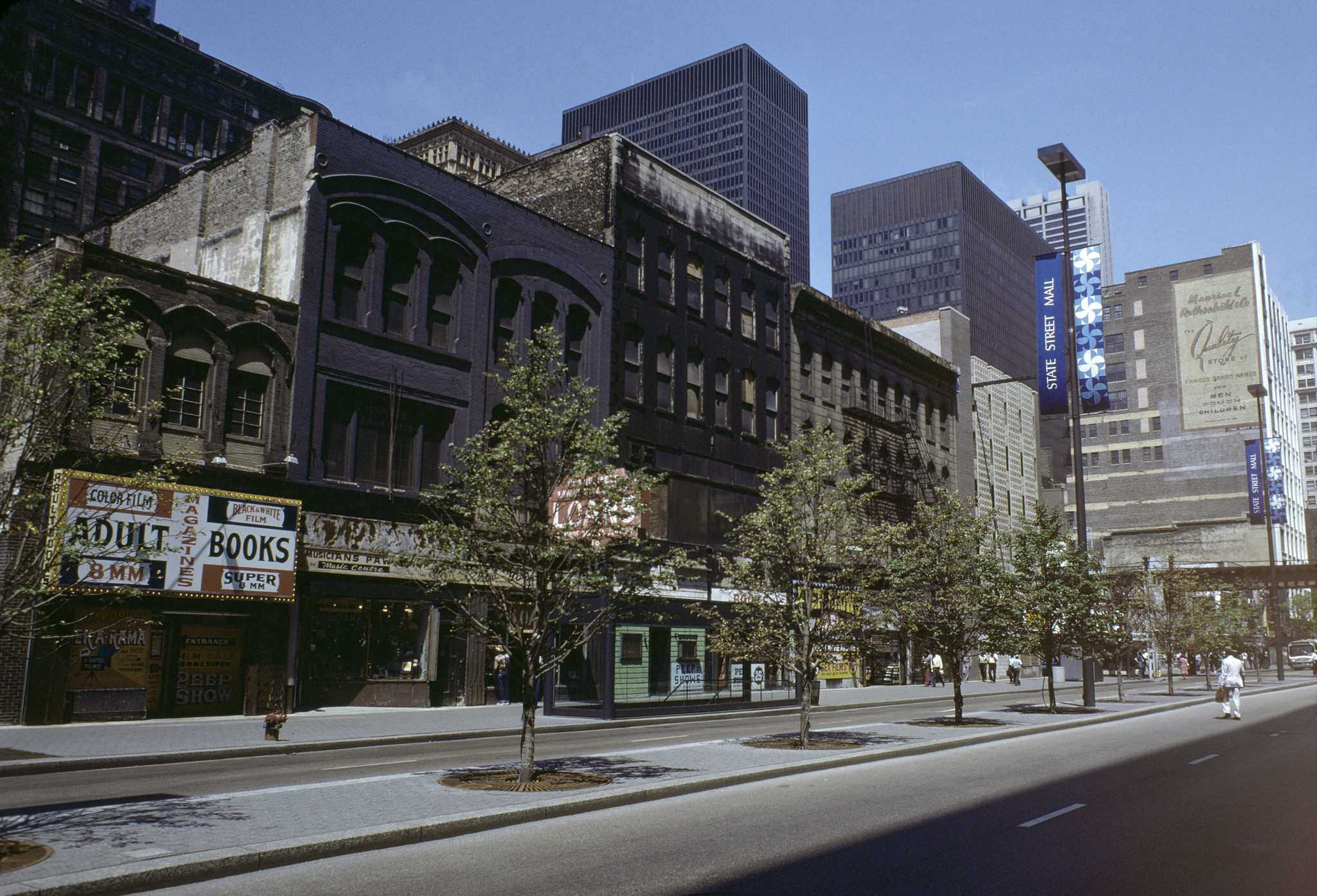Urbanists love to celebrate, and replicate great urban spaces – and sometimes can’t understand why governments don’t:
But what’s important to recall – especially for those of us under, uh, 41 – is that pedestrianized streets aren’t a new concept coming into style, they’re an old one that’s been in a three-decade decline. Samantha Matuke, Stephan Schmidt, and Wenzheng Li tracked the rise and decline of the pedestrian mall up to the onset of the pandemic. Even in the urbanizing 2000s and 2010s, 14 pedestrian malls were “demalled” against 4 streets that were pedestrianized:


In a 1977 handbook promoting pedestrianization, Roberto Brambilla and Gianni Longo admit that some of the earliest “successes” had already failed:
In Pomona, California, the first year [1962] the mall received nationwide press coverage as a successful model of urban revitalization; there was a 40 percent increase in sales. But the mall was slowly abandoned by its patrons, and now, after fifteen years of operation, it is almost totally deserted.
A Handbook for Pedestrian Action, Roberto Brambilla and Gianni Longo, p. 25

One obvious reason for the failure of many other pedestrianized streets is that they were too little, too late. The pedestrian mall was one of several strategies against the overwhelming ebb tide of retail from downtowns in the postwar era. They weren’t seen as alternatives to driving, but destinations for drivers, who could park in the new, convenient downtown lots that replaced dangerous, defunct factories.
A minority of the postwar-era malls survived. The predictors of survival are sort of obvious in hindsight: tourism, sunny weather, and lots of college students, among other things.
Some of the streets which were “malled” and “demalled” have rebounded nicely in the 2000s. The slideshow below shows Sioux Falls’ Phillips Avenue in 1905, 1934, c. 1975, and 2015.
The saddest case might be Baltimore’s Old Town Mall, pedestrianized in 1968. Since it’s still legally closed to cars, it’s not reckoned among Matuke et al’s “failures”. As in many other failures, this commercial strip was already in bad shape in the 1960s. Subsidies and buzz around pedestrianization gave it a short-term fillip, but the downward trend took hold again quickly.

This time is different, maybe
Pedestrian mall advocacy today is somewhat different, although the death of retail everywhere today echoes the 1950s downtowns. Perhaps most obvious is the change in commercial uses: today’s pedestrian malls are anchored by the patios of eateries and drinkeries. Those seem a more natural pairing with outdoor space than shopping. (Even better are playgrounds, which are still absent from most pedestrian malls).
The valence of cars in cities has also flipped from asset to liability. If you’re aiming to reduce car space in cities anyway, busy social strips are obvious places to start.

What does “failure” mean?
A pedestrian mall with low traffic is considered a failure. But we don’t normally hold a road (or sidewalk) to that standard. And if stores or homes sit vacant on a normal street, we rarely blame the infrastructure. If you want, you can see this as a car-centric conspiracy. But I think it’s more reasonable to admit that pedestrian malls are pitched as commercial and social spaces, a potentially delightful blend of public and private space with benefits to all. When that fails, like any commercial concept, it needs to be rolled up.
But – like other commercial failures – this need not be a big deal. Restaurants fail without fail. Social commerce may be more fragile than other forms, because it can go into a downward spiral.
Why not leave a street pedestrianized even if it’s a commercial and social failure? In most cases, there are real costs to the closure, either to traffic circulation or accessibility and deliveries for whatever businesses (or homes) remain. In addition, abandoned pedestrian spaces frequently feel unsafe. Finally, there are cases – like Baltimore’s Old Town Mall – which can remain pedestrian-only even in failure, because there’s nothing better to do with the space.
Failure can be fine
The long, slow, recent death of the postwar pedestrian mall is a solid reason for city bureaucrats and merchants to be skeptical of eager proposals. For every photo of a vibrant throng on a pedestrian street, they can produce one of failed stores or empty pavement.

Bernard Ave, Montreal 
Newark Ave, Jersey City
A notable improvement of the COVID-era street conversions over the 1960s and 70s pedestrian malls is their physical simplicity. Most use simple barriers and moveable street furniture, sometimes paint, to transform what is otherwise the same span of asphalt. This allows regular, small changes. If, like a restaurant, avenue du Mont-Royal fails in five or ten years, it will have been a success – and the barriers can come back down.




